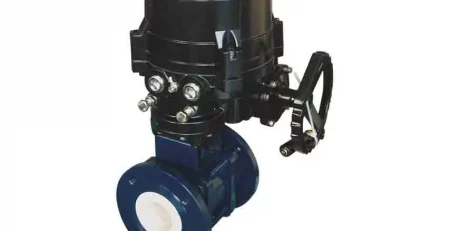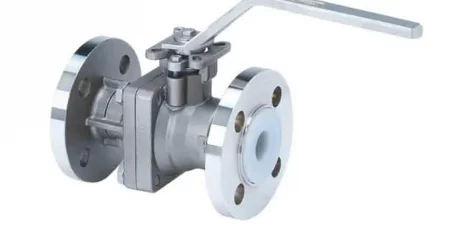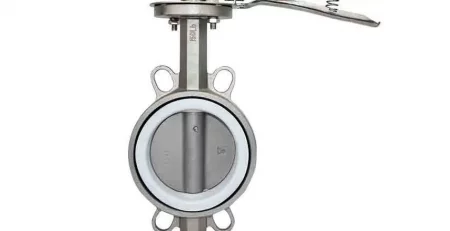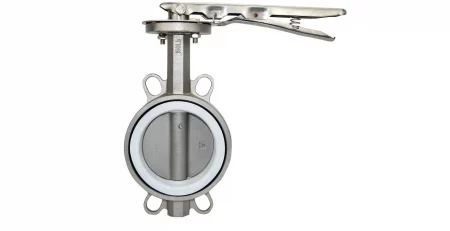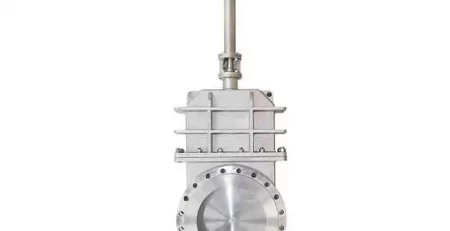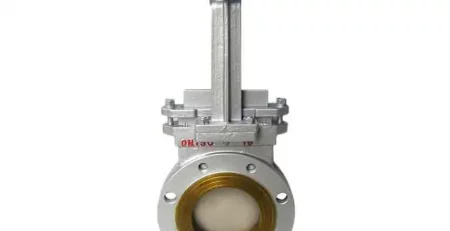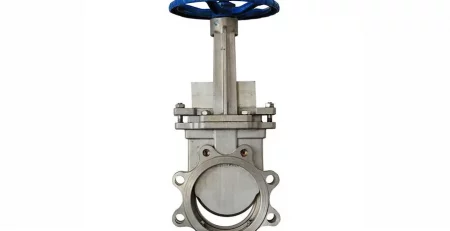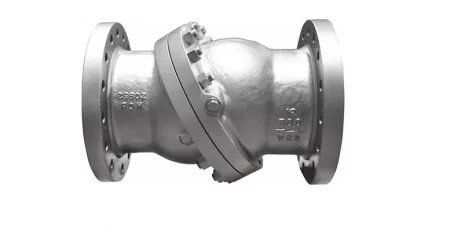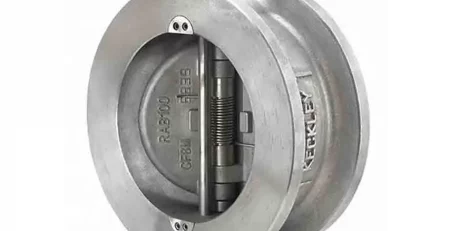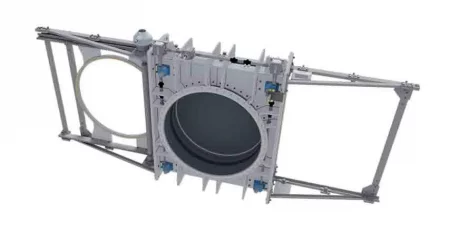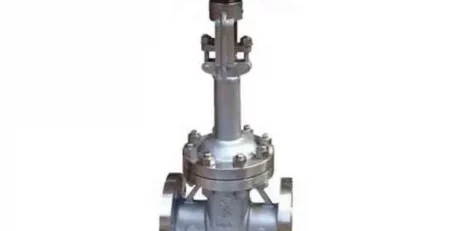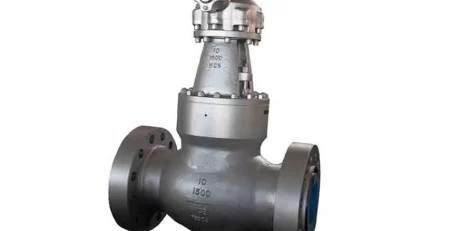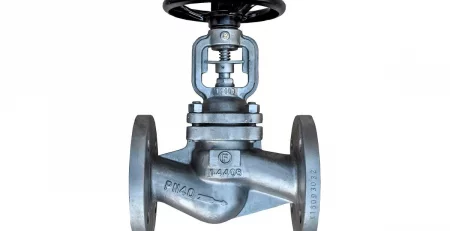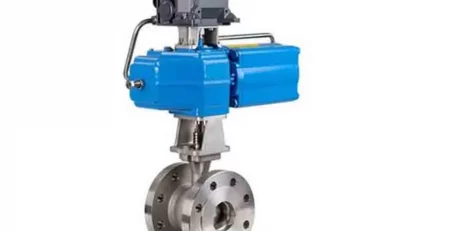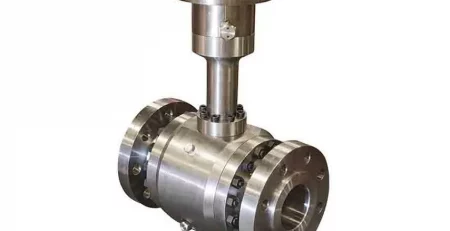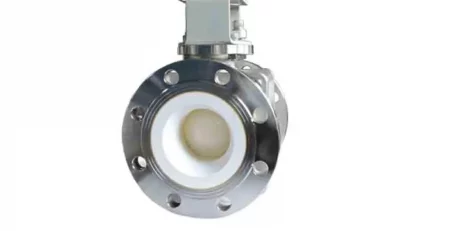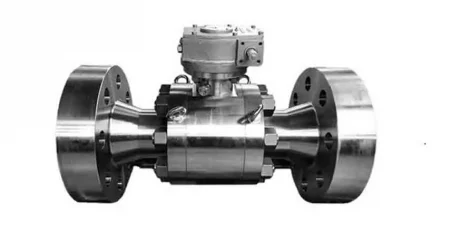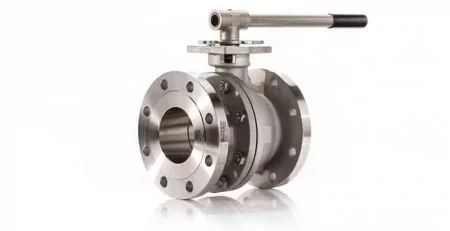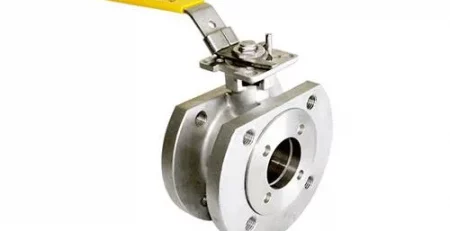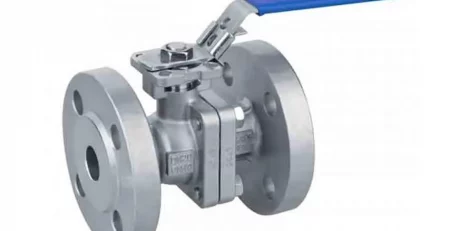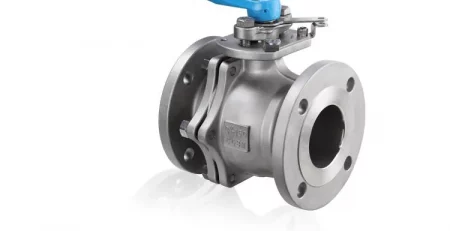PRODUCT DESCRIPTION
HG-Stahl offers Plug Valves in various sizes and pressure classes, originating from Europe and the UK.
Plug Valves are produced quickly and with high quality to meet the standards of ANSI, DIN, BS, and JIS, catering to different applications in the chemical, cement, oil, gas, natural gas, mining, steel, and energy industries.
Among the HG-Stahl Plug Valve products, there are options in steel, stainless steel, nickel alloy, titanium, and Inconel. Plug Valves have a different structure compared to ball valves. The central rotating conical cylinder allows the passage of high-volume fluids, while the sealing element, such as Teflon or similar materials, tightly encases the entire structure, maintaining its sealing level even at high-pressure values.
For Plug Valves, seat materials such as PTFE, R-PTFE, Viton, and PEEK are selected depending on the area of use. However, there are no specific designs or production methods for high-temperature applications of Plug Valves.
HG-Stahl Plug Valves are categorized based on their ability to operate with or without lubrication. The design standard complies with EN-12516, ISO 17292, ANSI B16.34, and API6D, while the face-to-face standard adheres to EN558, ANSI B16.10, or special dimension requests. For flange connections, we follow EN 1092-1 & EN 1092-2, ANSI B16.5, and B16.47 standards. The top flange connection standard for the valve is ISO 5211. Our products are tested according to international standards such as API 598, ANSI FCI 70-2, and ISO 5208. These tests ensure that our products are delivered with zero leakage.
One of the advantages of Plug Valves is the rotary cylinder design, which ensures uninterrupted fluid flow while minimizing turbulence within the valve body. Plug Valves are particularly beneficial in processes involving the transfer of high-viscosity fluids. They require low maintenance due to the minimal number of moving parts within the valve body, reducing the risk of malfunction over extended use. Another reason why Plug Valve products are preferred in various industries is their multi-port designs. These designs provide flexibility in pipeline direction and fluid distribution to different lines, thereby reducing installation and system costs.

